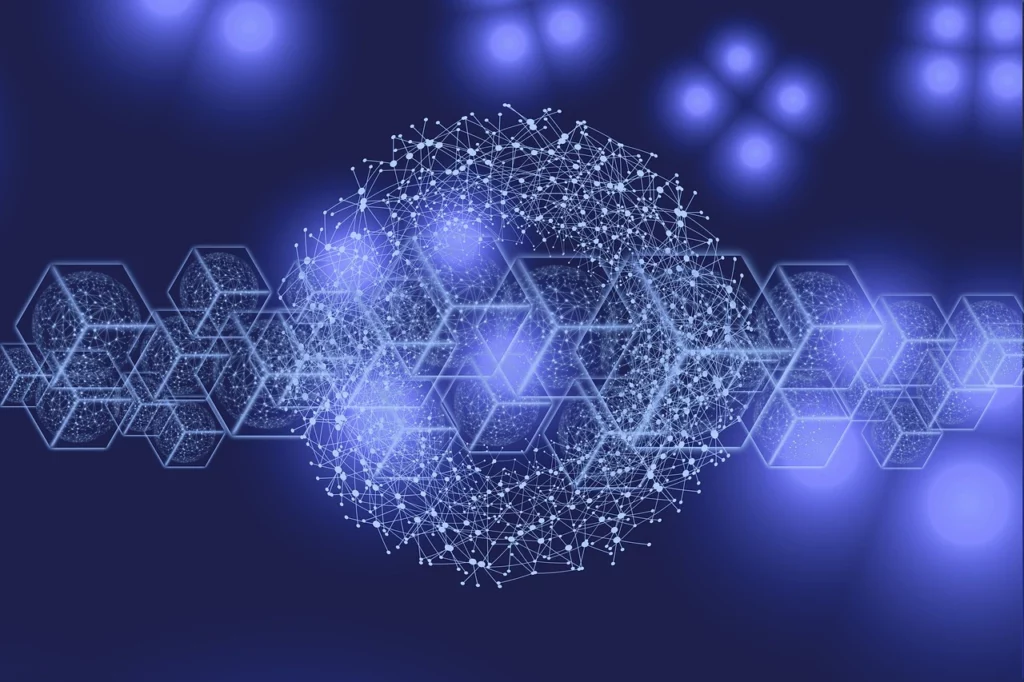Web3, emerging at the intersection of blockchain technology and the internet, presents a compelling vision for the future. Its core promise is to create an internet that’s more decentralized, secure, and user-centric than the one we know today.

Unveiling Web3
In essence, Web3 represents a decentralized internet infrastructure rooted in blockchain technology. Unlike traditional systems, blockchains are distributed ledgers fortified by cryptography. Their primary role is to store and validate transactions, a task they perform exceptionally well, particularly in the realm of cryptocurrencies.
What truly sets Web3 apart is its reliance on blockchain-based applications, which are not subject to the control of a single entity. This intrinsic feature imparts remarkable resilience against censorship and malicious attacks.
The Significance of Web3
Web3 holds the potential to reshape the way we interact with the internet, offering a host of compelling advantages:
Decentralization: Web3’s core is decentralization, meaning it lacks central authority, making it highly resilient against censorship and attacks.
Security: The security of Web3 is fortified through cryptographic measures, making it exceptionally robust against hacking and tampering.
User Control: Web3 places users firmly in control of their data and privacy, a stark contrast to the centralized structures of the current web.
Transparency: Web3’s foundation in blockchain technology ensures that every transaction is meticulously recorded on the public ledger.
Efficiency: By eliminating intermediaries, Web3 strives to be more efficient compared to the current web, promising faster and cost-effective processes.
Web3 in Action
The inner workings of Web3 involve the utilization of blockchains to store and track data. These blockchains are distributed ledgers secured by cryptographic techniques. As all transactions are permanently recorded and tamper-resistant, users can trust the system’s integrity.
Web3 applications thrive on inherent decentralization, sheltered from the control of single entities, which makes them resilient against censorship and attacks.
Exploring Popular Web3 Applications
Web3’s influence extends to a multitude of applications, some of which have gained substantial traction:
Decentralized Exchanges (DEXs): DEXs offer a venue for users to trade cryptocurrencies directly, bypassing the need for centralized intermediaries.
Decentralized Finance (DeFi): The DeFi sector is flourishing, granting users the power to borrow, lend, and invest their money without reliance on traditional banks or financial institutions.
Non-Fungible Tokens (NFTs): NFTs represent a new class of digital assets, each being unique and irreplicable. These tokens are often used to represent digital art, collectibles, and various other items.
Decentralized Social Media Platforms: These platforms emancipate users from the control of single entities, giving them more authority over their data and privacy.
Obstacles on the Path of Web3
Web3’s development journey is accompanied by several challenges that require resolution before widescale adoption can occur:
Scalability: The use of blockchains makes some Web3 applications slow and expensive, as blockchains are less scalable than traditional databases.
User Experience: The novelty of Web3 applications and the scarcity of comprehensive documentation can make them complex and challenging to use.
Regulation: As a disruptive and emerging technology, Web3 remains largely unregulated in many countries, creating uncertainties for businesses and consumers.
In Conclusion
Web3 stands as a beacon of promise in the world of technology, with the potential to revolutionize the internet. However, it is still a work in progress, with challenges that need to be addressed to facilitate widespread adoption.
Despite these challenges, the future of Web3 remains incredibly promising. As it matures, Web3 has the potential to make the internet more decentralized, secure, and user controlled. It is in its early stages of development, with a vibrant and growing community of developers and users actively working toward realizing the vision of the next-generation internet. If Web3 can effectively navigate the challenges it faces, it could indeed revolutionize the way we interact with the internet.


